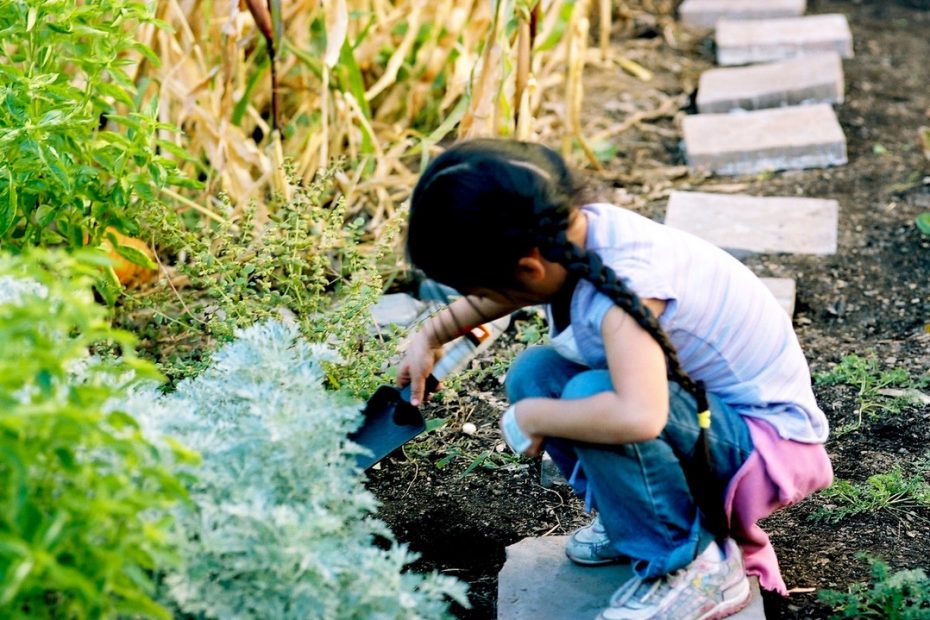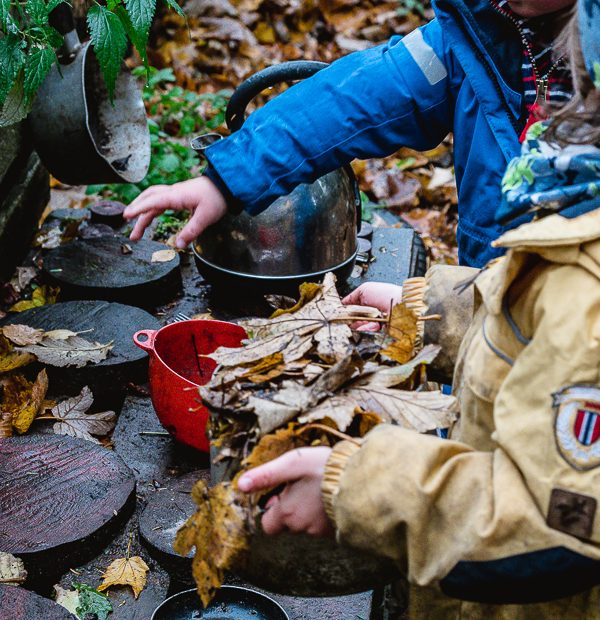School Gardens in the City
By Jane Hirschi | Years ago, I spent an afternoon with a group of eighth-grade boys digging up potatoes. They were amazed to find potatoes growing underground and surprised by their almost peppery flavor when we cooked and ate them. More recently, I witnessed a third grader who often struggled when asked to speak about lessons carried out in the classroom but who could speak with authority about the decomposition process in the school’s garden compost bin. And even more recently a seventh grader showed off her impressive knowledge of flowers – knowledge stemming (pun intended) from her active participation in school gardening and from drawing flowers in her art classes and searching on the internet for flowers she had never seen. These and countless other stories have taught me the power of school gardens for connecting students to nature and for supporting their learning. This power is all the more impressive when school gardens are in the city.




